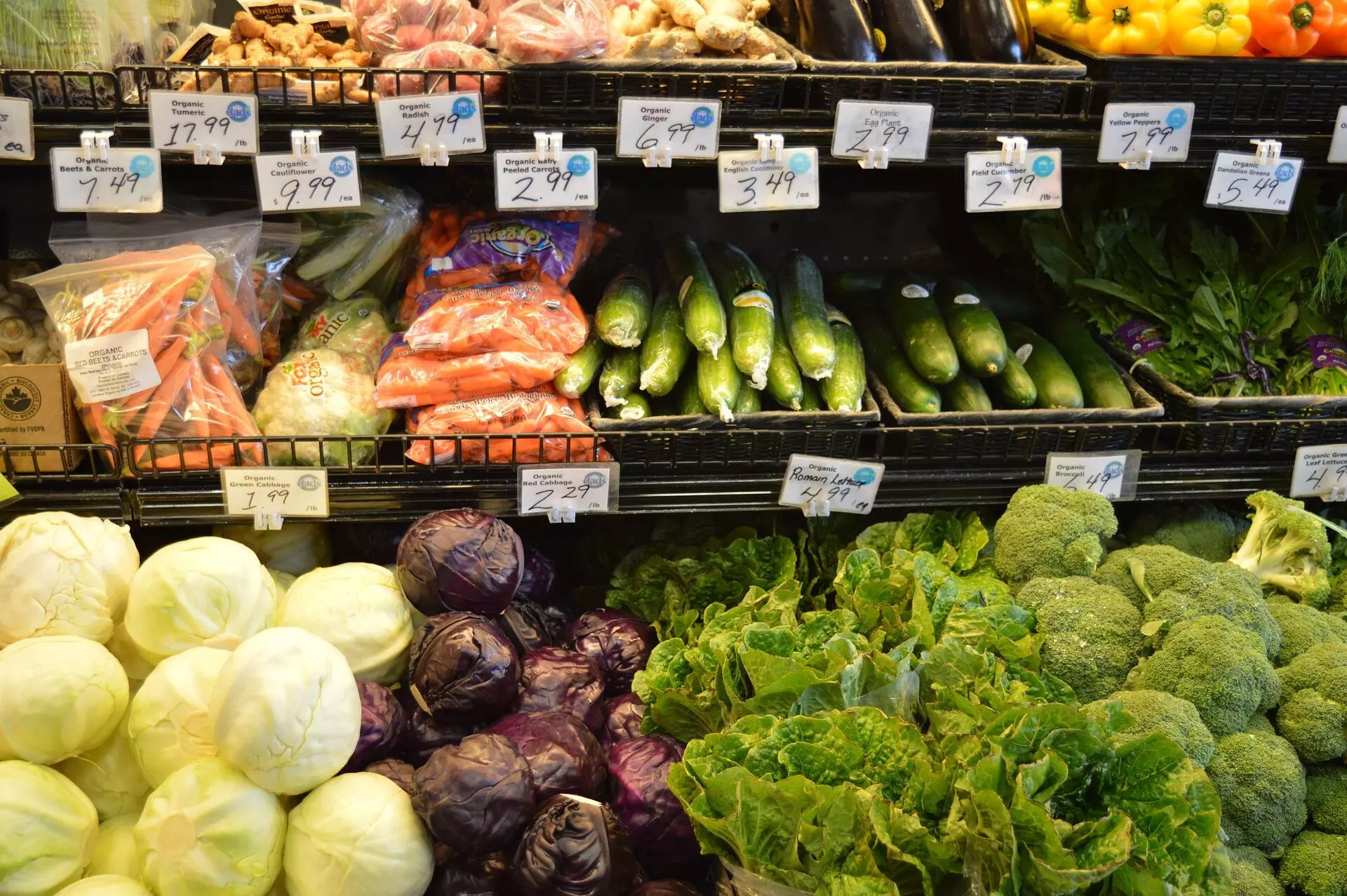Treading cautiously

In April, India’s Consumer Price Inflation (CPI) eased to an 18-month low of 4.7 per cent. This is the second consecutive month when the retail inflation has remained below the Reserve Bank of India’s (RBI’s) upper tolerance threshold of 6 per cent. The retail inflation in March stood at 5.66 per cent. While one is convinced that MPC’s successive rate hikes — before it tactically decided to take a pause during the April meet — have helped ease the inflation, the steep decline in March and April inflation print this year can also largely be attributed to the base effect. In April 2022, the CPI stood at a staggering 7.79 per cent, while in March same year, it was recorded at 6.95 per cent. The lowering of inflation prints for the last two months can be contextualised against this background. Apart from the base effect, the dip in retail inflation is also being attributed to sharp year-on-year easing of the Consumer Food Price Index which slid from 8.31 per cent in April 2022 to 3.84 per cent in April 2023. Notably, the food inflation in March 2023 stood at 4.79 per cent. A caveat may be put here that price gains for both retail and food items grew by 0.5 per cent and 0.6 per cent, respectively, over the March prices. Furthermore, it may be noted that nine of 12 subgroups of food and beverages category registered price gains in April over March. Prices of fruits and vegetables surged four per cent and 1.7 per cent, respectively, on a sequential basis. Pulses and sugar registered both year-on-year and monthly surge. At present, the inflationary situation seems stable but the existence of sore points cannot be ruled out. While the inflation remaining under RBI’s tolerance band is a matter of relief, it should not lead to complacency. One of the MPC members cautioned last month that oil prices and an uncertain monsoon can adversely affect the inflation outlook. Weather-related abnormalities, particularly the El Niño, can lead to deficient rainfall — impacting overall foodgrain production. As vegetable prices will likely see a seasonal uptick in the coming months, and the production output of pulses remains uncertain, Indian policymakers need to have a keen eye on the situation. Much will also depend on the trajectory the international oil prices will take. Volatility in oil prices will malign the inflation scenario while stable prices will further aid inflation containment. Irrespective of how things pan out, the uncertainty itself is a cause of concern and demands strict vigilance. At the same time, the dip in Index of Industrial Production (IIP) growth is another cause of concern. IIP growth is reported to have been at 1.1 per cent in March, which significantly falls short of expectations. Usually, March witnesses an increase in IIP growth. Strangely, the figure for March is the lowest in the last five months. The growth in manufacturing has also been marginal. The government needs to recognise the laggard sectors and take requisite policy initiatives. Amid the ongoing turbulent times, the easing of inflation is a healthy sign. There is a need to build up on this lever. Currently, the Monetary Policy Statement of the RBI has kept the policy repo rate unchanged at 6.50 per cent “with a readiness to act.” Additionally, the standing deposit facility (SDF) rate and the marginal standing facility (MSF) rate have also been left unchanged at 6.25 per cent and 6.75 per cent respectively. The lagged effect of previous policy rate hikes, along with the base effect, will most likely allow the inflation to remain under the RBI’s tolerance band over the coming months. It is widely speculated that the RBI will at least keep the policy rate unchanged in the upcoming MPC meeting in June. At the same time, concerns around erratic monsoon and uncertainty in oil prices may prevent it from going for a rate cut. Though apparently in a comfortable position, the RBI has enough reasons to be cautious.



